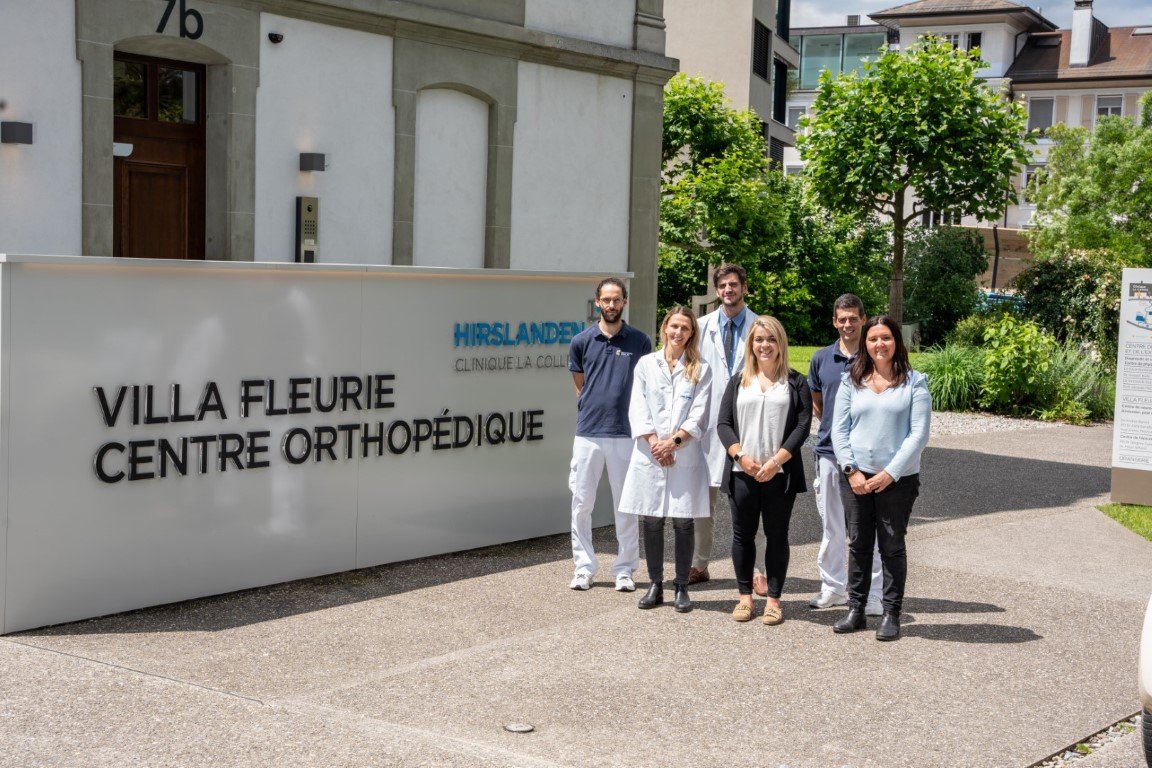Publication: J Shoulder Elbow Surg. 2018 Aug;27(8):1415-1421. doi: 10.1016/j.jse.2018.02.051. Epub 2018 Apr 24.
Co-authors: Cunningham G, Paulin-Nicodème E, Smith MM, Holzer N, Cass B, Young AA.
Abstract:
Background: The implication of scapular morphology in rotator cuff tears has been extensively studied. However, the role of the greater tuberosity (GT) should be of equal importance. The aim of this study was to propose a new radiographic marker, the GT angle (GTA), which measures the position of the GT in relation to the center of rotation of the humeral head. The hypothesis was that a higher angle value would be associated with a higher likelihood in detecting a rotator cuff tear.
Methods: During 1 year, patients were prospectively recruited from a single institution specialized shoulder clinic in 2 different groups. The patient group consisted of individuals with a degenerative rotator cuff tear involving at least the supraspinatus. The control group consisted of individuals with no rotator cuff pathology. Individuals in both groups with congenital, post-traumatic, or degenerative alterations of the proximal humerus were excluded. The GTA was measured on an anteroposterior shoulder x-ray image with the arm in neutral rotation by 3 observers at 2 different times.
Results: The study recruited 71 patients (33 patients, 38 controls). Mean GTA value was 72.5° (range, 67.6°-79.2°) in patients and 65.2° (range, 55.8°-70.5°) for controls (P <.001). A value above 70° resulted in 93-fold higher odds of detecting a rotator cuff tear (P <.001). Interobserver and intraobserver reliability were high.
Conclusions: GT morphology is implicated in rotator cuff tears. The GTA is a reliable radiographic marker, with more than 70° being highly predictive in detecting such lesions.




